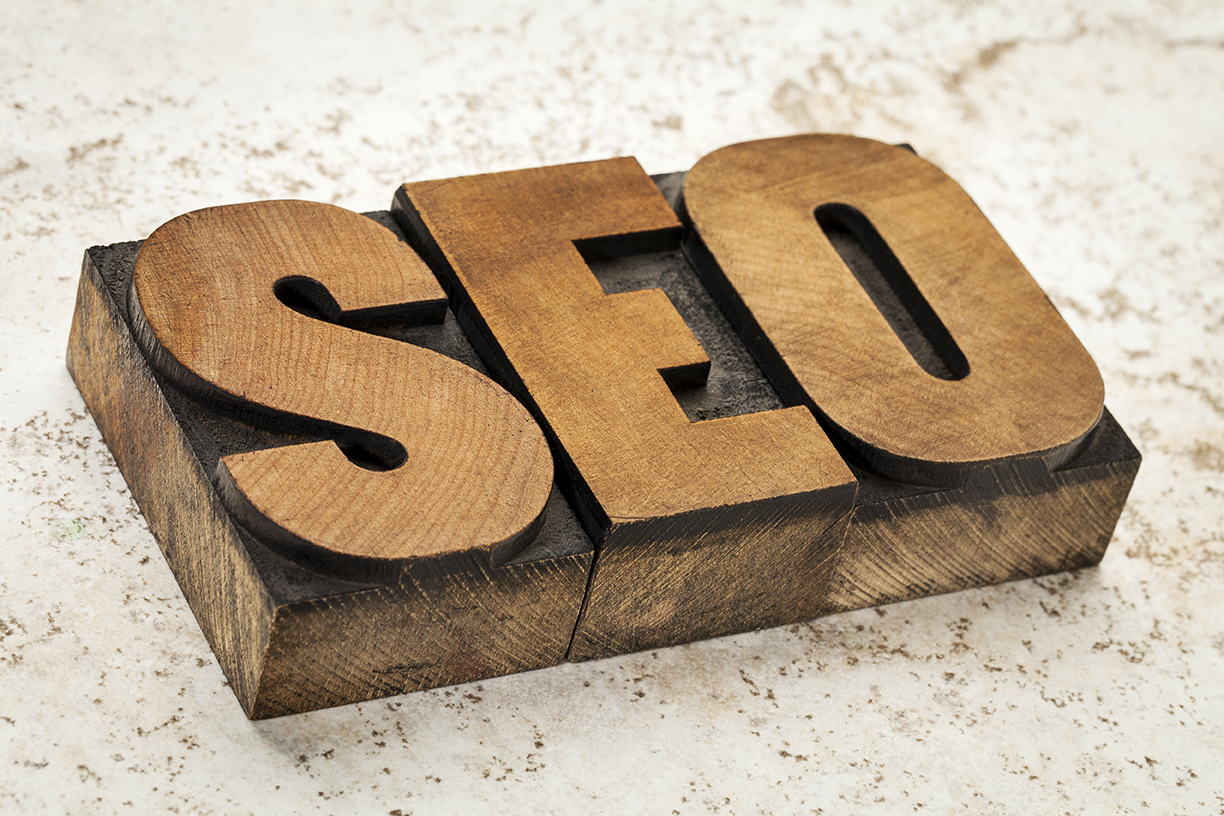Onsite optimization is crucial to maintaining an SEO strategy.
Search engine optimization (SEO) is a series of strategies that work together to increase your website’s rankings in Google search results (and the results of other search engines). There are more than 200 ranking factors Google considers when ranking results, so there’s no simple explanation for how to achieve this. But most strategies can be broadly categorized into two main categories: onsite optimization and offsite optimization.
What exactly is onsite optimization, and how is it different from offsite optimization?
Onsite Optimization in a Nutshell
Onsite optimization, as the name implies, is all about optimizing your core website to be friendly to search engines and higher rankings. These tactics can be further split into subcategories, based on intention. Your goals are as follows:
- Ensure the site is visible to search engine crawlers. Google “indexes” webpages so they can be considered and retrieved for search engine results pages (SERPs). But before you can get into an index, you need to be visible to search engine crawlers that discover your content. The first steps of onsite optimization are ensuring that visibility.
- Improve the functionality of the site. You’ll also need to improve the overall functionality of your site. Better-performing sites tend to rank higher, so you’ll need to ensure your content is high-quality, easily accessible, and functional for all devices, operating systems, and browsers.
- Optimize the site for keywords. Finally, you’ll need to spend time optimizing the site for specific keywords and phrases relevant to your brand. You’ll primarily do this with written content, including ongoing blog posts. This is something you’ll need to do consistently throughout the duration of your campaign.
By contrast, offsite optimization is all about optimizing your site with external materials, such as offsite blog posts and links.
You’ll need both onsite optimization and offsite optimization if your SEO strategy is going to be successful. If you’re interested in getting some help with your strategy, or if you’re new to the world of SEO, contact us today for a free consultation!



